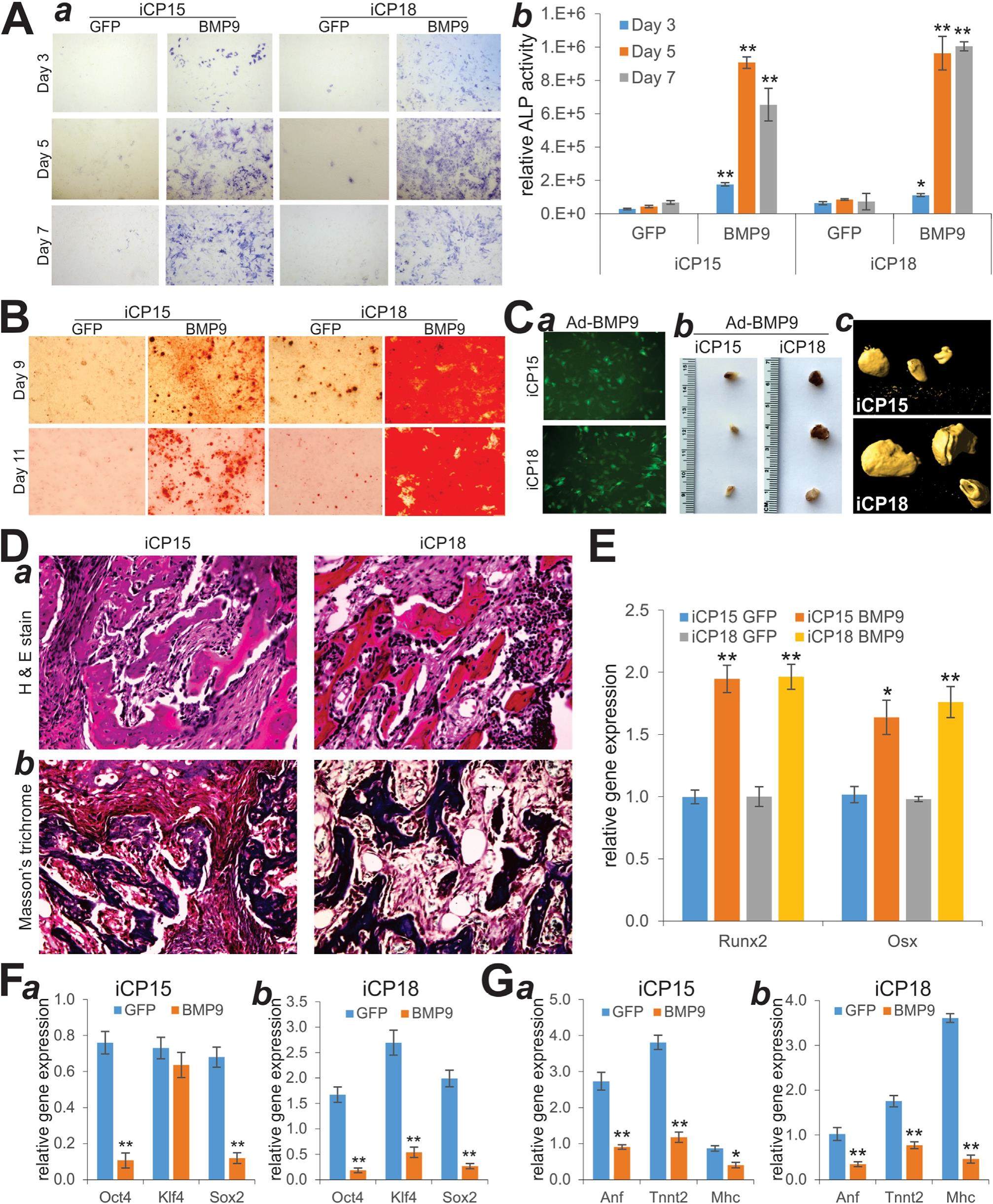
SV40 large T antigen-induced immortalization reprograms mouse cardiomyocyte progenitors with mesenchymal stem cell characteristics and osteogenic potential


While progenitor cell-based cardiomyocyte regeneration holds great promise of repairing an injured heart, primary cardiomyogenic progenitors (CPs) have a limited life span in culture, hampering the use of CPs for in vitro and in vivo studies. We previously isolated primary CPs from mouse E15.5 fetal heart, and reversibly immortalized them with SV40 large T antigen (SV40 LTA), resulting in immortalized CPs (iCPs), which maintain long-term proliferation and express cardiomyogenic markers and retain differentiation potential under appropriate differentiation conditions. The SV40 LTA plays essential roles in the simian virus 40 infection of permissive cells for the production of progeny virions, and in the infection of non-permissive cells, leading to malignant transformation or immortalization. While, as one of the most commonly-used immortalizing genes, SV40 LTA is thought to immortalize primary cells depending on its ability to complex with and hence inhibit p53 tumor suppressor, the exact mechanism underlying SV40 LTA-mediated immortalization remains unknown. It was shown that induced pluripotent stem cells (iPSCs) could be established from somatic fibroblasts by simultaneous introduction of the four transcription factors OCT4, KLF4, SOX2, and C-MYC (also known as iPS factors or Yamanaka factors), and that reduced p53 expression facilitated reprogramming process. We hypothesized that SV40LTA-mediated immortalization may at least partially resemble the reprogramming phenomenon. Using the most potent osteogenic factor BMP9, we demonstrated that the immortalized cardiomyocytes exhibited mesenchymal stem cell (MSC) characteristics and osteogenic differentiation potential.
